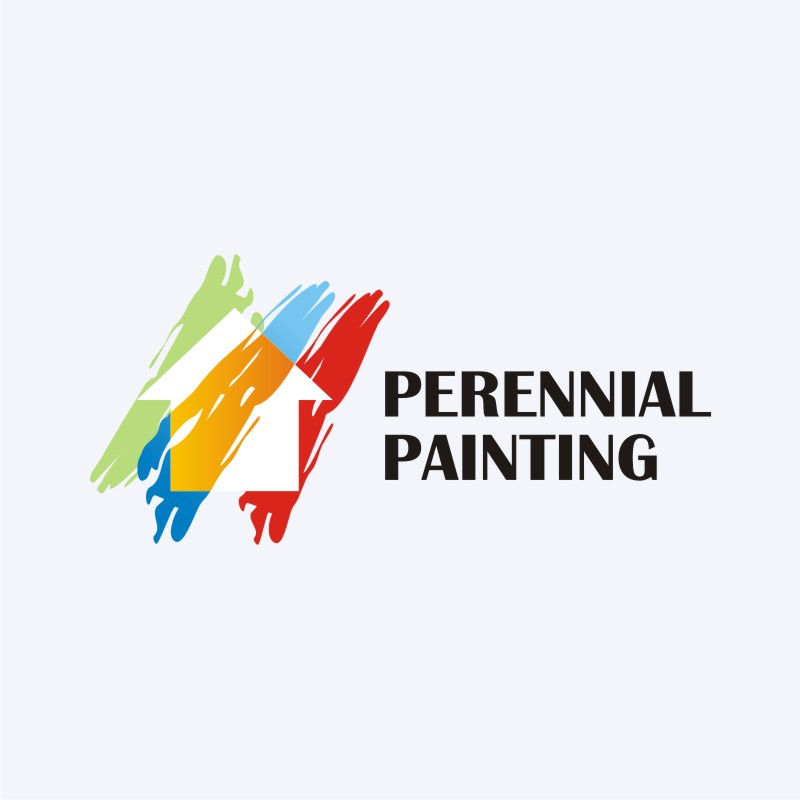Just How Do The Right Shades Influence Your Brand'S Allure In Commercial Exterior Painting? Discover The Crucial Factors That Assist Your Selections
Just How Do The Right Shades Influence Your Brand'S Allure In Commercial Exterior Painting? Discover The Crucial Factors That Assist Your Selections
Blog Article
Material Writer-Williford Justesen
When it involves commercial exterior painting, the colors you choose can make or damage your brand name's charm. Comprehending just how different shades influence understanding is essential to attracting clients and developing depend on. But it's not almost individual choice; local trends and policies play a significant duty too. So, just how do you discover the perfect balance in between your vision and what resonates with the area? Let's explore the important aspects that assist your shade options.
Recognizing Shade Psychology and Its Impact on Business
When you choose shades for your business's outside, comprehending shade psychology can dramatically affect how prospective clients perceive your brand.
Shades stimulate feelings and established the tone for your business. For instance, blue often conveys depend on and professionalism and reliability, making it optimal for financial institutions. Red can create a feeling of urgency, perfect for dining establishments and inventory-clearance sale.
At the same time, green signifies growth and sustainability, appealing to eco-conscious customers. Yellow grabs attention and sparks optimism, yet too much can overwhelm.
Consider your target market and the message you want to send out. By choosing the ideal colors, you not just improve your visual appeal yet likewise align your image with your brand name values, eventually driving customer engagement and commitment.
Analyzing Local Trends and Laws
How can you guarantee your external painting choices resonate with the area? Start by investigating how to tell if paint is still good . Go to neighboring services and observe their color design.
Take note of what's popular and what feels out of area. This'll help you align your options with area aesthetics.
Next off, examine local laws. Numerous communities have guidelines on exterior shades, particularly in historic areas. You don't want to hang around and cash on a combination that isn't certified.
Involve with regional local business owner or neighborhood groups to collect understandings. They can give beneficial responses on what colors are popular.
Tips for Harmonizing With the Surrounding Atmosphere
To produce a natural appearance that blends flawlessly with your surroundings, take into consideration the natural environment and architectural designs close by. Start by observing the colors of neighboring structures and landscapes. Natural tones like eco-friendlies, browns, and soft grays typically work well in all-natural setups.
If simply click the up coming internet page is near vivid city locations, you could pick bolder tones that mirror the regional energy.
Next, consider the building design of your structure. Typical styles may benefit from traditional shades, while modern styles can welcome modern combinations.
Examine your color options with samples on the wall to see just how they connect with the light and setting.
Finally, keep in mind any type of local standards or community appearances to guarantee your choice improves, rather than encounter, the surroundings.
Verdict
To conclude, picking the appropriate shades for your business exterior isn't just about appearances; it's a strategic decision that impacts your brand's assumption. By taking advantage of shade psychology, thinking about regional fads, and ensuring consistency with your surroundings, you'll develop a welcoming atmosphere that draws in customers. Do not neglect to evaluate examples prior to devoting! With the right strategy, you can raise your company's curb allure and foster long lasting client involvement and loyalty.
